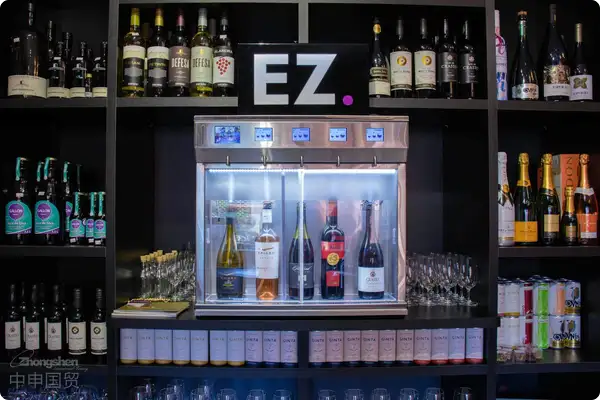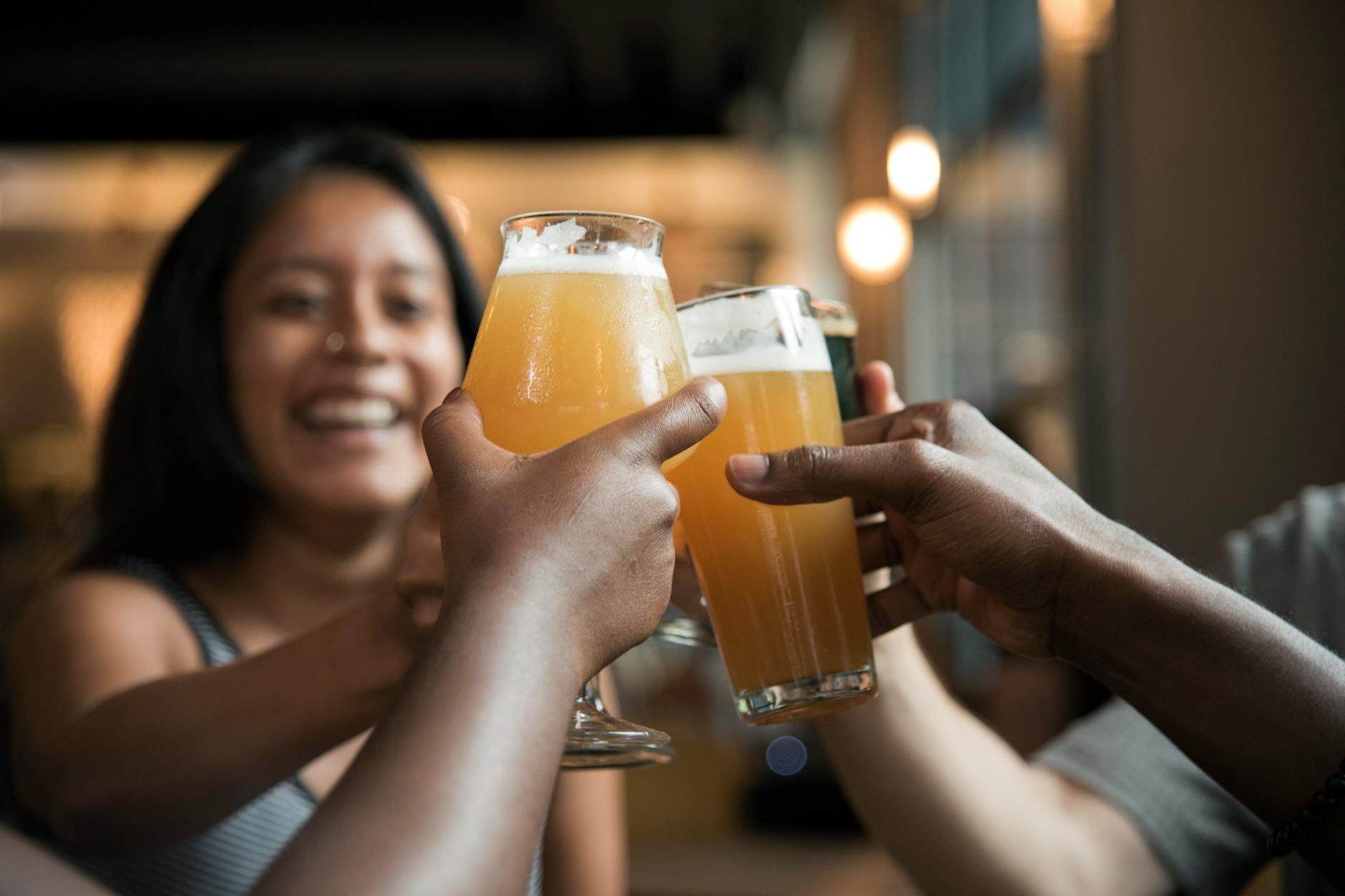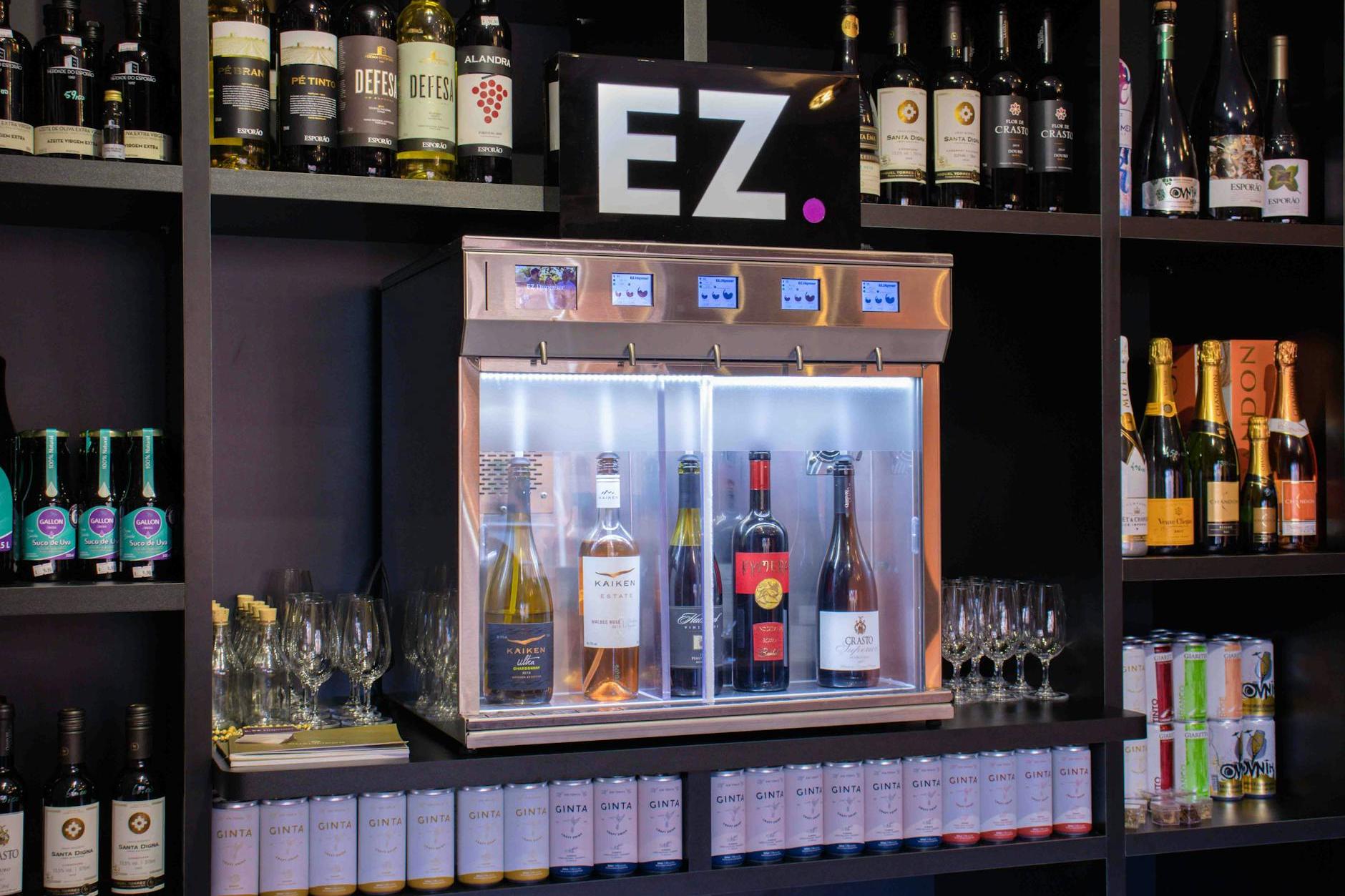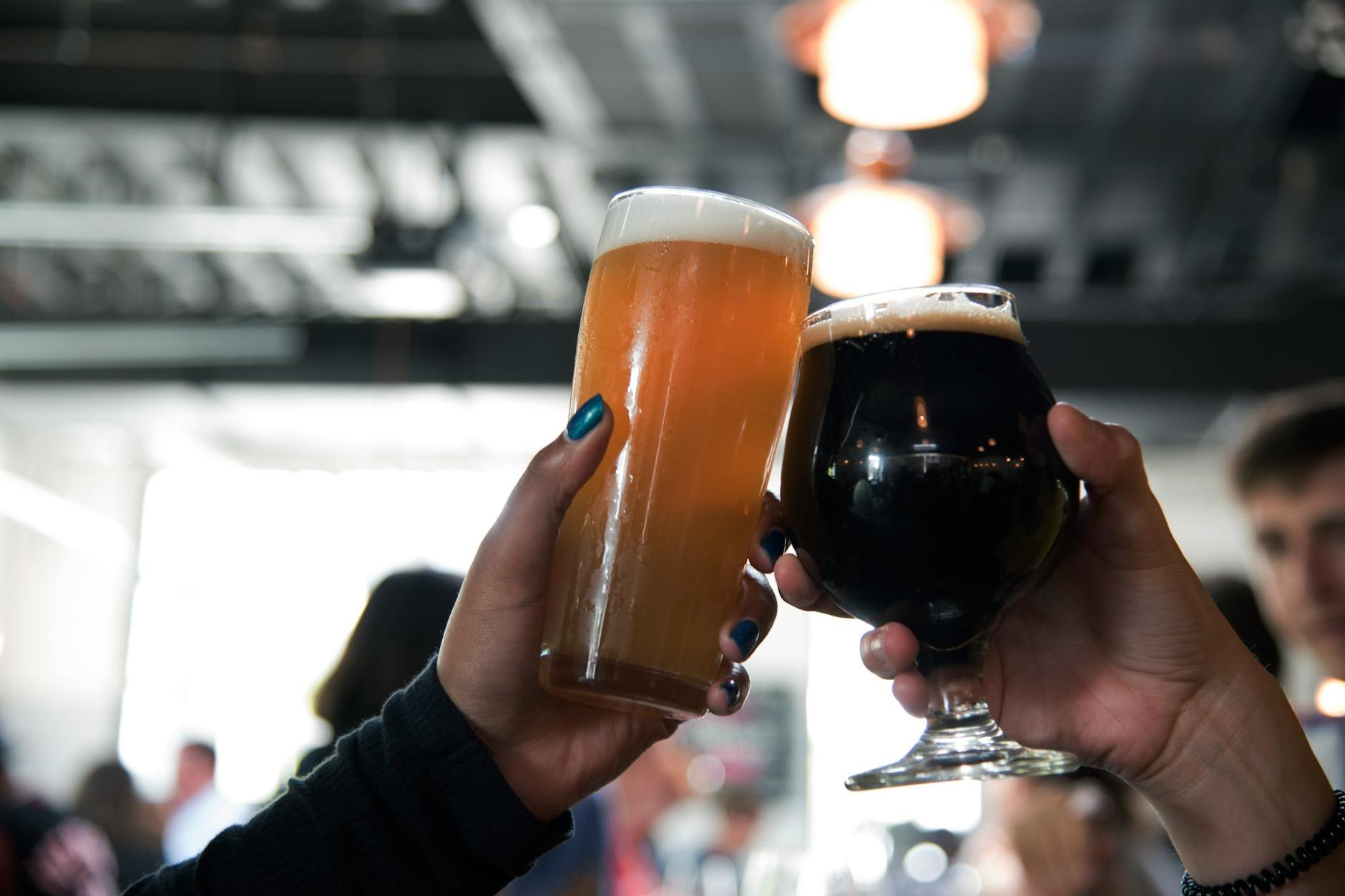- Shanghai Zhongshen International Trade Co., Ltd. - Two decades of trade agency expertise.
- Service Hotline: 139 1787 2118

When German Craft Beer Meets Chinese Customs: Seven Truths You Need to Know
At 6 a.m. in the Port of Hamburg, the sea breeze carries the aroma of malt, while neatly stacked containers of beer await their journey across the ocean. As a seasoned service provider to 137 liquor importers,foreign tradeI'd like to tell you all: German beer customs clearance may seem simple, but it actually hides complexities. The case of a well-known craft beer brand being detained at the port for 37 days last year due to packaging specification issues is still circulating in the industry to this day.
I. Qualification Certification: The Hidden Clauses of the Entry Pass
German beer producers often take pride in their century-old brewing certifications, but in the eyes of Chinese customs, these may merely be basic requirements. According to the newly implemented "Regulations on the Registration of Overseas Manufacturers of Imported Food" effective in 2025, special attention must be paid to:
- Dual filing system: Manufacturers are required to complete both the General Administration of Customs registration and the local market regulatory authority registration simultaneously.
- Certification validity period: EU organic certification must be coordinated with China's organic product certification (validity period shortened to 10 months).
- Special category requirements: Alcoholic beverages with a milk content exceeding 0.5% require additional quarantine certification for dairy products.
II. Transportation and Storage: The Race Against Time for Malt Aroma
I have personally experienced the painful lesson of a batch of dark beer undergoing secondary fermentation due to temperature control failure. The following transportation tips are worth bookmarking:
| Transportation method | Applicable product categories | Full - container cold chain |
|---|---|---|
| Thermostatic container | Craft Beer/Fresh Beer | 40% taller than standard cabinets. |
| CommonMaritime Transportation | Conventional industrial beer | Basic freight |
- It is recommended to purchaseFull-range temperature protection(Compensation ratio can reach up to 85% of the cargo value)
- Avoid mixing with strongly scented cargo such as seafood (malt is highly prone to absorbing odors).
III. Customs Clearance Process: The Overlooked Three Golden 72 Hours
- 72 hours before arrival at the port: The Chinese label pre-approval must be completed (note the new version of the nutrition label regulations).
- Within 72 hours after inspection: Microbial testing window period (it is recommended to reserve samples in advance)
- 72 hours after release: Critical period for cold chain transportation connection (advance reservation of cold storage is recommended)
IV. Typical Declaration Misconceptions Comparison Table
| Common mistakes | correct operation | Risk value |
|---|---|---|
| Declare under the category of "Beer". | Distinguish between fermented wine/blended wine (with a tax rate difference of up to 12%) | + Electronic pre - declaration |
| Ignore gift declaration | Promotional items such as coasters and giveaways must declare their value separately. | ★★★ |
A Berlin brewery client we served a decade ago had an entire shipment detained at the port for two weeks due to incomplete fumigation certificates caused by their insistence on traditional wooden packaging. This case constantly reminds us:Cultural differences can be an invisible killer in customs clearance..
V. Post-Clearance Market Implementation Recommendations
- Pay attention to the newly issued "Market Management Standards for Low-Alcohol Beverages."
- Prepare the required materials for the e-commerce platform in advance.Cross-border product traceability code
- Regional taste testing is essential (for example, the Sichuan-Chongqing region prefers varieties with higher bitterness values).
Standing under the sunset at the Port of Hamburg, watching the cargo ship laden with beer sound its horn and set sail, I have always believed: every bottle of German beer that safely reaches consumers is the best commendation for professional service. May this handbook, condensed from twenty years of experience, become your reliable guide to exploring the Chinese market.
Related Recommendations
? 2025. All Rights Reserved. Shanghai ICP No. 2023007705-2  PSB Record: Shanghai No.31011502009912
PSB Record: Shanghai No.31011502009912










